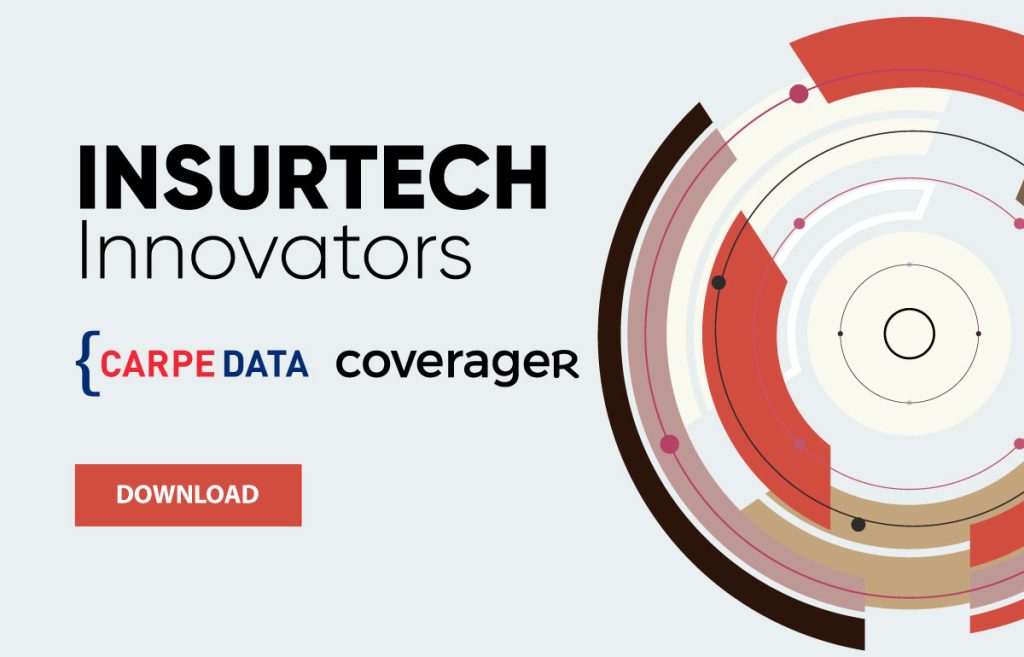Ping An Technology Empowering Healthcare Community
Ping An Technology, the financial and health technology subsidiary of one of China’s leading life insurers, is empowering the healthcare community with leading technologies with the aim of providing more patients with an opportunity to benefit from technological advancement.
Interpretation of CT Scans Using AI
Worldwide, cancer is still a scourge without an apparent solution, especially for cancers that are ultimately terminal, for which, if diagnosed early, the successful outcome rate will be dramatically increased. For this reason, early screening and diagnosis is critically important. Existing screening methods based mainly on CT pose a huge challenge to physicians in terms of accurately interpreting the results. The large number of CT scans that need to be interpreted and the massive workload of physicians everywhere inevitably lead to diagnostic errors. In response to this challenge, Ping An Technology came up with the solution of integrating the theory of Robust Control with advanced artificial intelligence algorithms involving deep as well as transfer learning and has achieved major breakthroughs in terms of using AI to interpret results. In January of this year, Ping An Technology broke the world records for detection of lung nodules and reduction in the number of false positives with the respective accuracy rates of 95.1% and 96.8%, ranking the firm the leader for these two indexes which are part of the Lung Nodule Analysis (LUNA) assessment standard, the internationally accepted standard within the medical imaging field. AI-based interpretation of CT scans, which is gradually being installed in more and more hospitals, is expected to help pathologists reduce the time needed to interpret a scan by more than 50%, effectively decreasing the number of missed diagnoses and misdiagnosis due to human factors.
Although AI-based interpretation of CT scans benefits the pathologist in the first instance, the true beneficiary is the patient. Ping An Technology, in consideration of the pain point patients have to endure throughout the medical scenario, is pioneering the introduction of intelligent solutions into the this scenario, using emerging technologies as the tool. This is just one example among many of how AI can be applied to the medical field.
Face Recognition for Medical Treatment
Ping An Technology has applied facial recognition technology within the scope of medical services, making face recognition a component of the medical treatment process as well as for payment a reality. Today, face recognition for authentication has been used in many medical procedures. For patients, the technology enables them to make appointments, prove their identity prior to the hospital visit, prevent the issue of one person posing as an imposter for another in physical examinations and other types of fraud, as well as serve as the vehicle for the granting of permission to distribute medical records through face recognition. For doctors and nurses, it further optimizes the environment surrounding the diagnosis and treatment process, standardizes diagnosis and treatment practices, and relieves the pressure on medical staff. For medical organizations, the technology that enables checkonworkattendance through face recognition addresses the loophole whereby one employee who is going to be late or leave earlier asks another to clock in for him/her, significantly enhancing the service level and efficiency of the public health care system.
Helping to Alleviate Poverty
In China, the uneven distribution of medical resources has long been a chronic problem, especially in the country’s remote and poorer areas, where the difficulty of obtaining proper medical services and the associated high cost have led to the impoverishment of less fortunate households. In response, in the 2.0 version of Ping An Technology’s Village Doctor app, the medical technology firm has implemented facial and voiceprint recognition technology to achieve identity verification and login through intelligent “duplicate record” of personal vaccination information in ethnic minority communities, as well as in remote and disadvantaged areas of the country where medical facilities are lacking. The app can also be used in an offline environment. The new feature not only enhances the security of personal information, but also facilitates login by inhabitants in remote areas, providing technical support for the app so that remote and disadvantaged areas of the country can be better covered and served.
Disease Prediction through AI and Big Data
Technology advances have substantially raised the level of accuracy for certain kinds of predictions, for example, weather forecasts. However, there has not been any significant breakthrough worldwide in predicting the outbreaks of certain contagious or chronic diseases. The world’s first “macro + micro” method of disease prediction through AI and big data, created by Ping An Technology, signals that a major breakthrough in this arena is just around the corner.
Ping An Technology’s intelligent disease prediction and screening models can forecast the occurrence of infectious diseases one week ahead of an outbreak as well as guide the public in the prevention of acute diseases. According to data from the Chinese Center for Disease Control and Prevention, the prediction models for influenza and hand-foot-and-mouth disease both have an accuracy of more than 86 percent and, during seasonal peaks, accuracy can rise above the 90 percent mark. The intelligent screening model for COPD has an accuracy of 92 percent. Responding to the ongoing outbreak of influenza throughout the country, the model has identified the trends for influenza one week ahead of the outbreak in a city, leading to the positive outcome of no deaths associated with influenza having been reported as a result of effective prevention and control.
By this token, the best way to overcome the occurrence of disease is to prevent rather than to treat. This can be proven over and over when looking at the history of man’s ongoing battle against disease. The development and adoption of preventive vaccines has even erased certain scourges from the face of the earth. This is the reason behind Ping An Technology selecting the development of tools for disease prediction through AI and big data as one of the firm’s key missions.
Bottom Line: on the combo that is AI and healthcare.
Source: Ping An Technology




